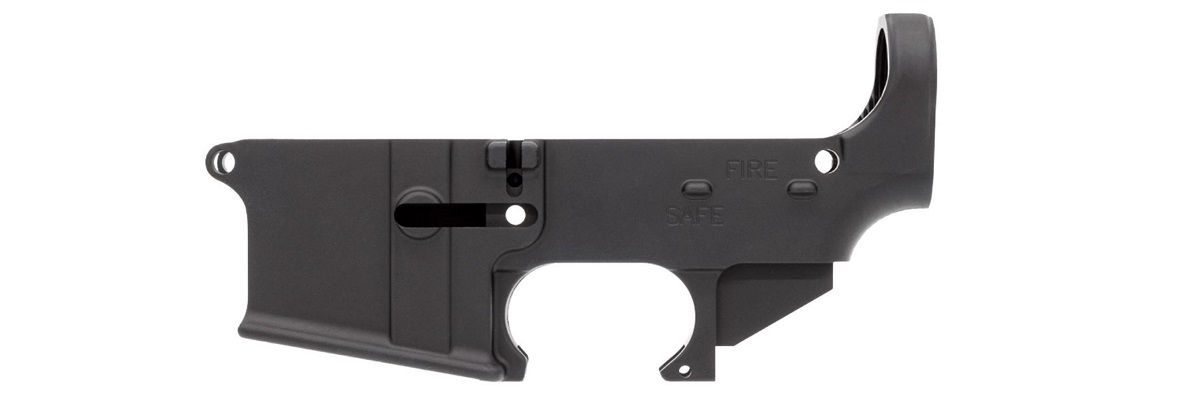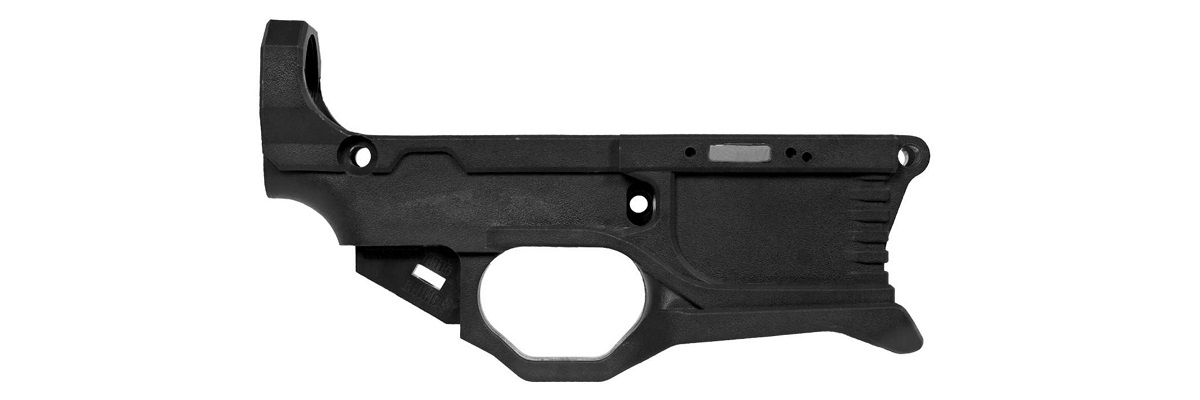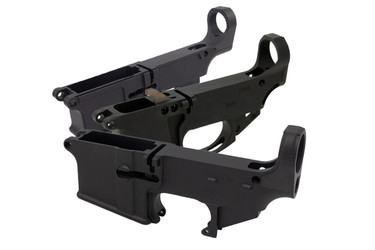What is The Best 80 Percent Lower?
Posted by 80-Lower.com on Feb 27th 2024
"Which 80% lower is the best" Is a question we get asked frequently by AR-15 builders and new customers. The answer to that question depends on what type of AR you're building, and what tools you have access to. Of course, there is generally one overall best choice when it comes to putting together a custom rifle (or pistol) from scratch.
Not sure what an 80% lower is? Read this first.
Best for Parts Compatibility: Forged Lower

If you're building a mil-spec AR-15 that uses standard parts, a forged 80% lower is the best choice. This lower is machined to have the same external dimensions, fittings, magazine well, and pistol grip mount as any stripped lower receiver. The threads inside the buffer tube housing are also mil-spec, ensuring the forged 80% lower is compatible with all standard lower parts kits and upper receivers.
"Is a finished forged 80% lower any different than a stripped lower?"
Functionally, no. Once fabricated, a forged 80% lower is identical in form and function to any stripped lower receiver found on any "retail"-bought AR-15. The only physical difference is that 80% lowers don't have roll marks, branded stamps, or serial numbers.
Best for Easy Fabrication: Polymer Lower

Cutting and drilling a metal firearm receiver can seem like a daunting task. That's especially true if you're fabricating your first ever 80% lower. Working with a polymer 80% lower is much easier: Cutting the receiver's cavity requires less time and tooling, and it's easier to drill the receiver's pin holes.
These receivers are more than strong enough to handle centerfire rifle cartridges, like 5.56, .223, and 300 Blackout, so reliability and durability won't be a concern. These receivers are also compatible with standard AR-15 lower parts kits, buffer tubes, and upper receivers, ensuring your custom AR build can be assembled without requiring special components.
"Is finishing a polymer lower any different than an aluminum lower?"
No. Although it's made from polymer, the steps required for completing this lower are identical to the steps required to machine any metal 80% lower. That's why this receiver blank is a great choice for first-time builders who want to practice machining a receiver without having to work with metal, potentially destroying your tools and equipment.
Best for Easy Assembly: Billet Lower

After fabricating your lower, installing the lower parts kit can prove to be a challenge. Roll pins often put up a fight, and there's always risk of losing small detents and springs, or damaging your receiver while tapping pins into place.
This receiver -- a custom billet 80% lower -- replaces the spring, detent, and roll pin fittings for some of the lower parts kit's components with threaded fasteners. Two of the most difficult-to-install pieces are placed: The bolt catch roll pin, and the rear takedown detent and spring.
The trigger guard is also integrated into the receiver itself, improving overall strength and eliminating the need to tape yet more roll pins into place.
"Can I use a regular lower parts kit this with lower?"
Yes. Although some of the kit's pieces are replaced, those replacement pieces come with the receiver blank itself. Besides those threaded fittings, all other components, including the trigger, hammer, safety, magazine and bolt catches, and grip install the same as any other lower receiver.
Easiest for 9mm AR: Dedicated "AR9" Lower

Although a standard AR-15 and its lower receiver can be converted to chamber and fire 9mm rounds, it's best to simply use a dedicated AR9 lower receiver. This 9mm 80% lower provides some of the most important components necessary to ensure reliable cycling of 9mm ammo: A dedicated, GLOCK-compatible magazine well that uses G17 and G19 magazines, and an integrated ejector that works with the AR9's bolt carrier group to ensure proper feeding.
"What else do I need to complete an AR9 lower and build?"
This particular lower receiver uses a standard AR-15 parts kit. That means the same trigger, hammer, safety, grip, bolt catch, and buffer tube are taken from the 5.56/.223 platform, and reused. The lower's magazine catch is included, and the same buffer tube is reused, too -- although the 9mm doesn't use a gas tube, instead relying on blowback functionality. That means you'll need a heavier buffer to reduce felt recoil.
DISCLAIMER: If you are new to the world of DIY gun building, you likely have a lot of questions and rightfully so. It’s an area that has a lot of questions that, without the correct answers, could have some serious implications. At GunBuilders.com, we are by no means providing this content on our website to serve as legal advice or legal counsel. We encourage each and every builder to perform their own research around their respective State laws as well as educating themselves on the Federal laws. When performing your own research, please be sure that you are getting your information from a reliable source.

